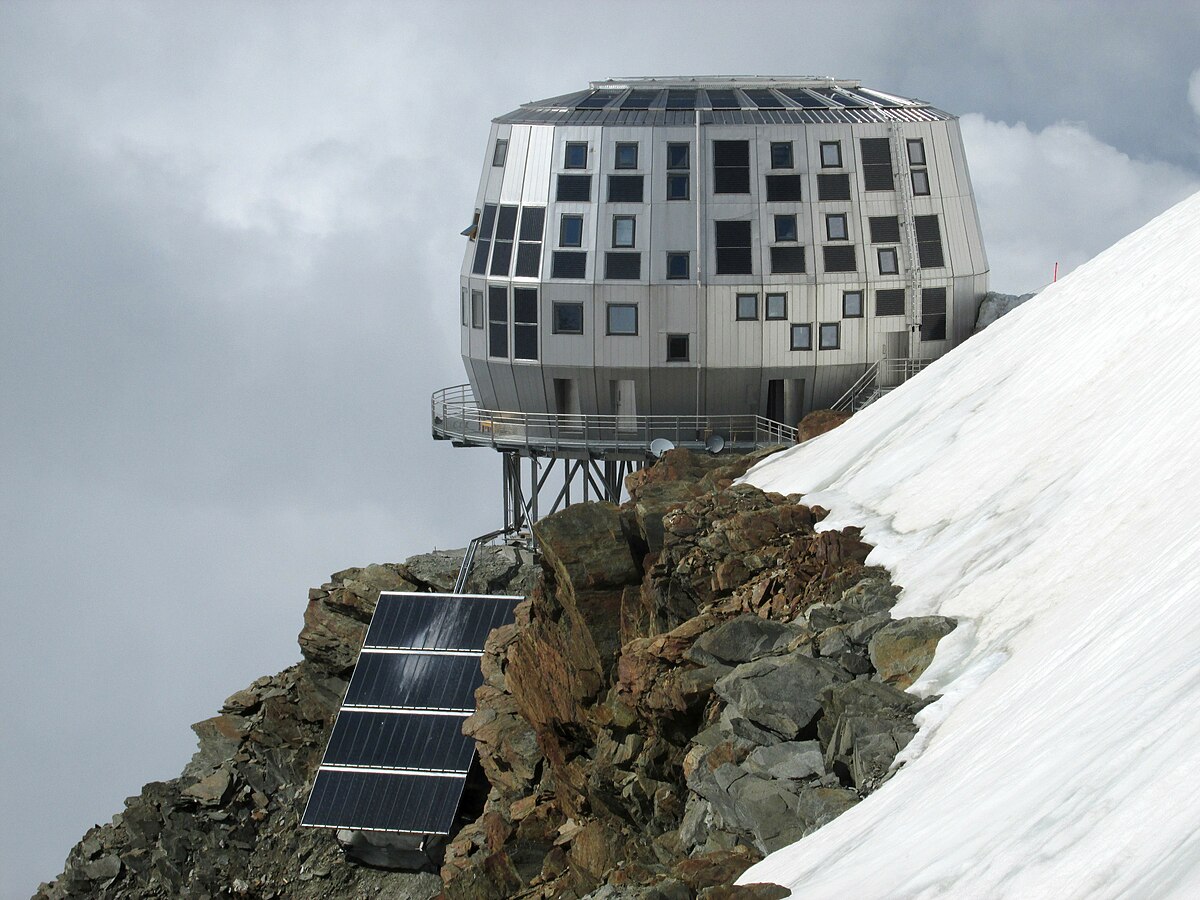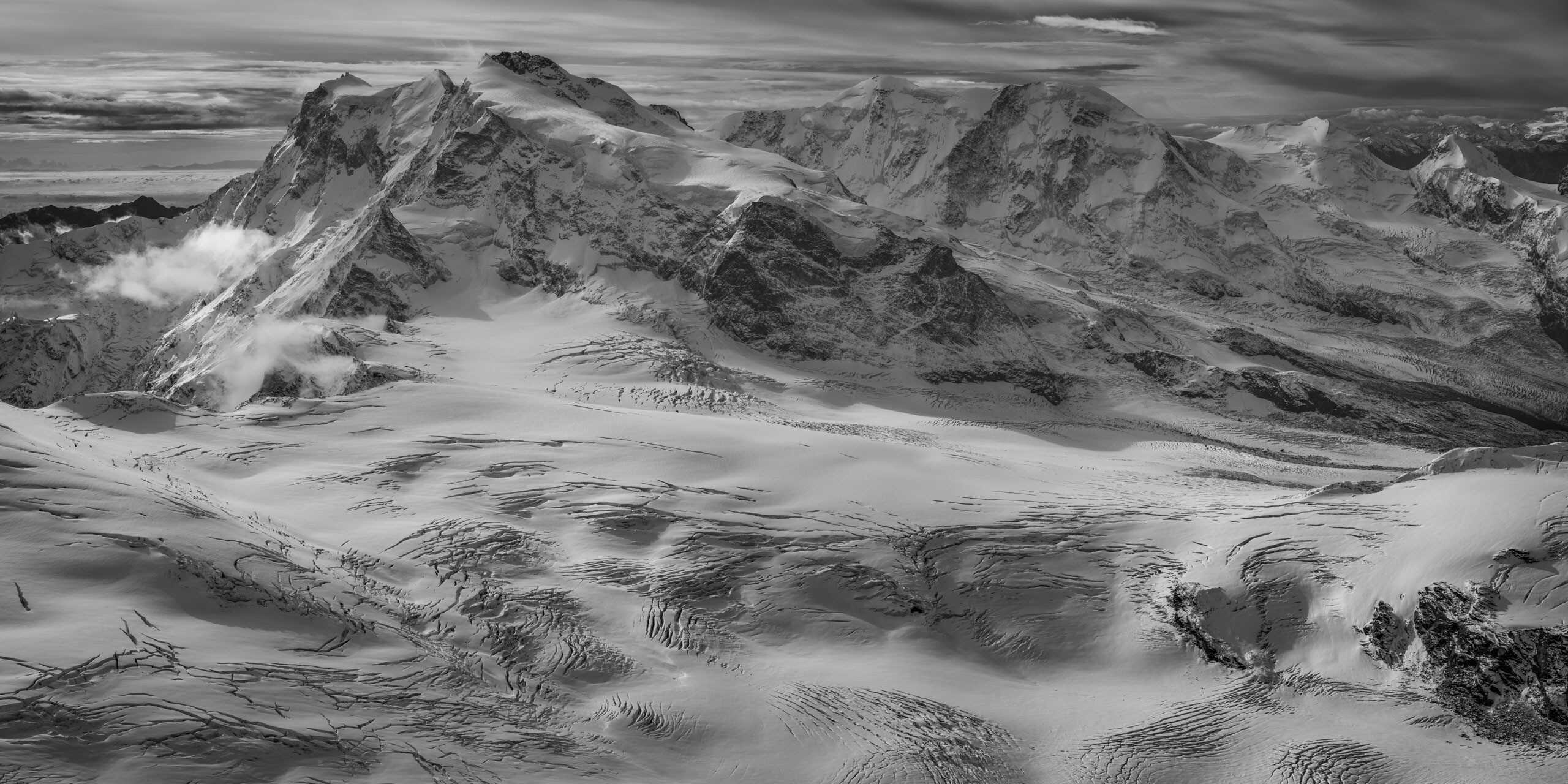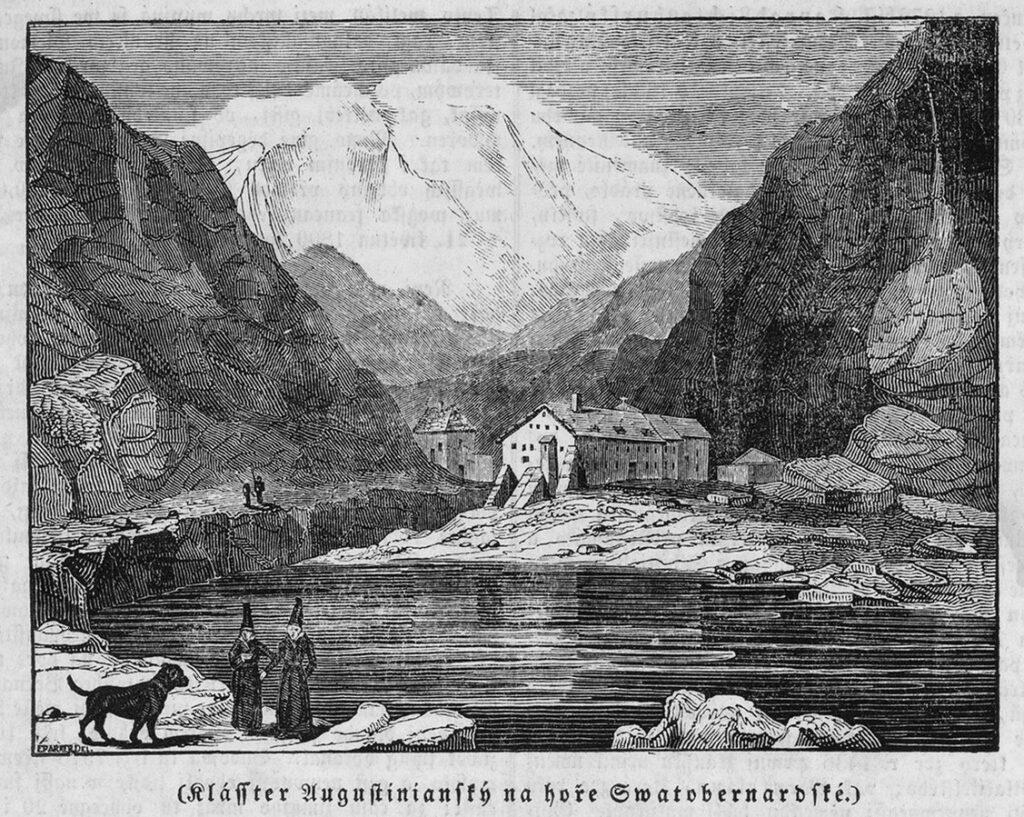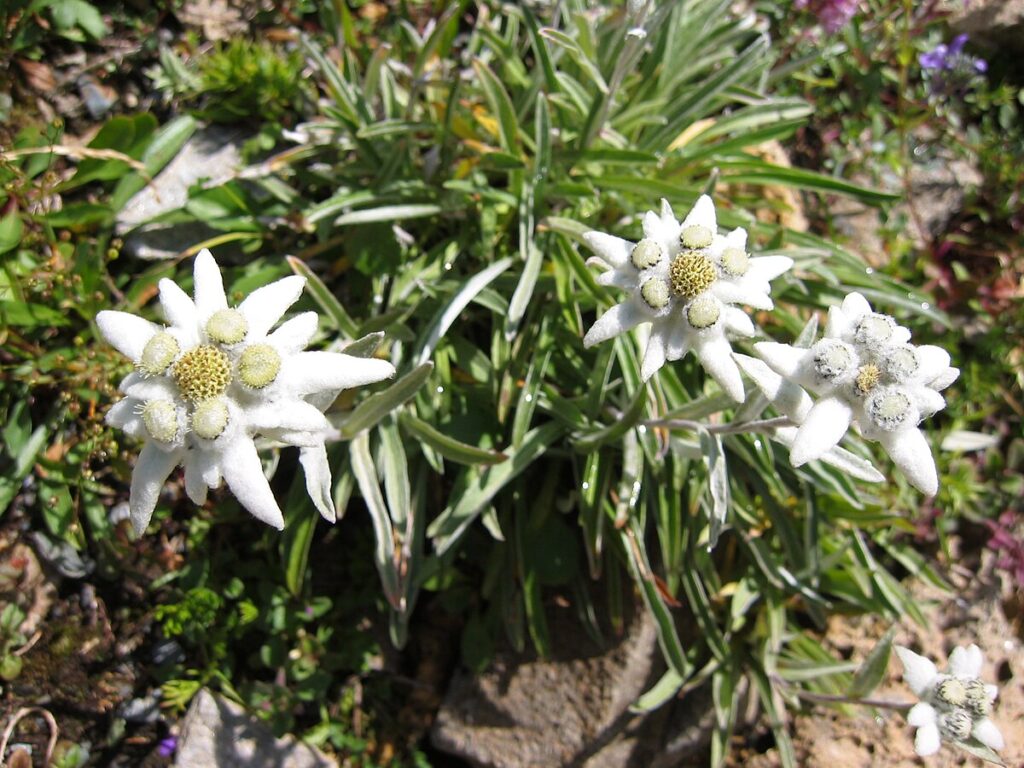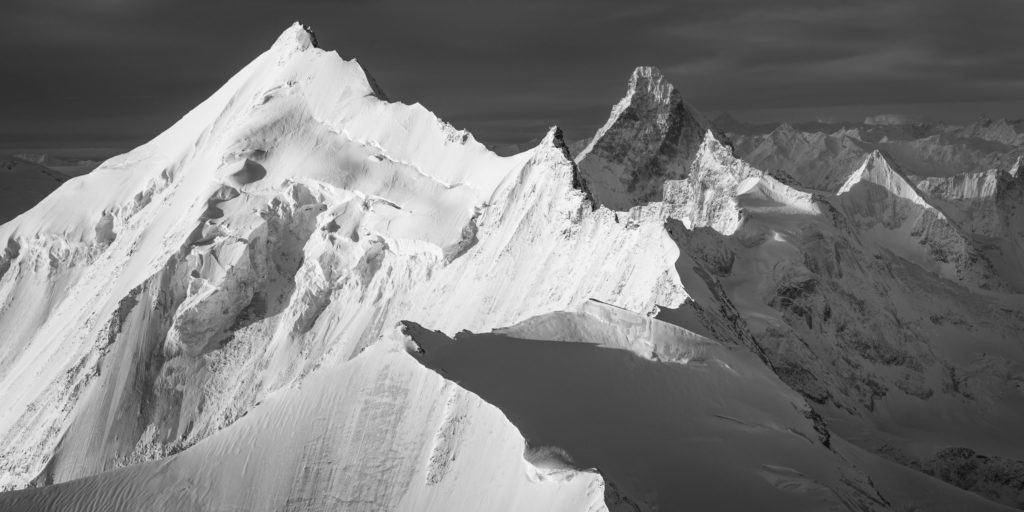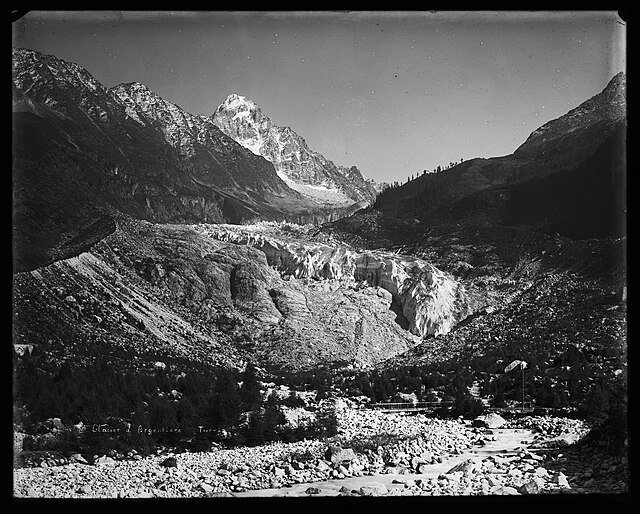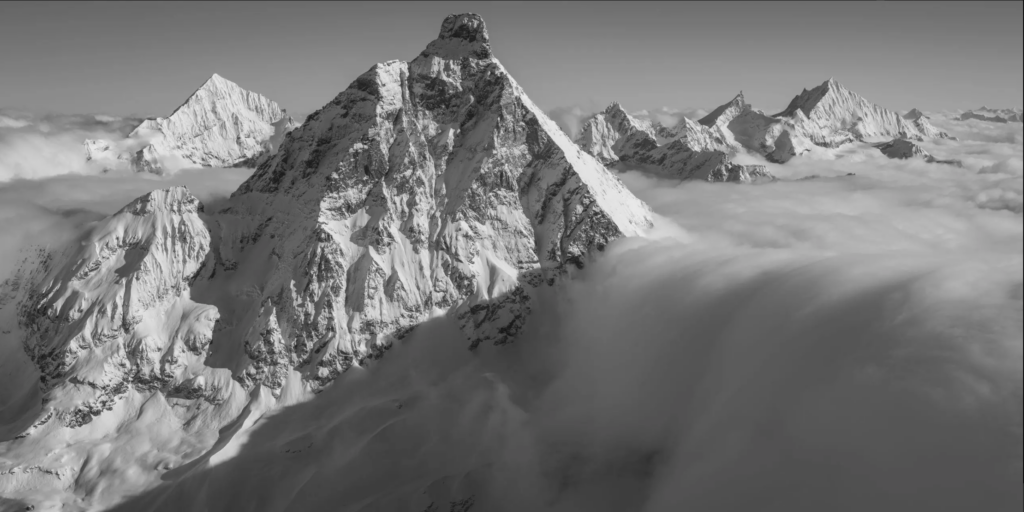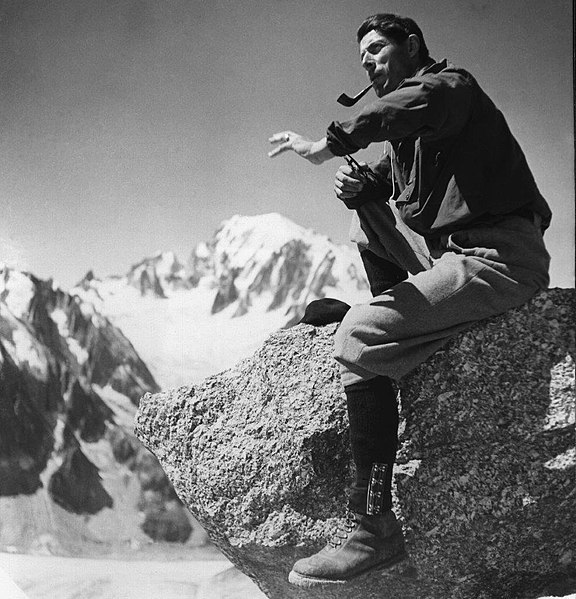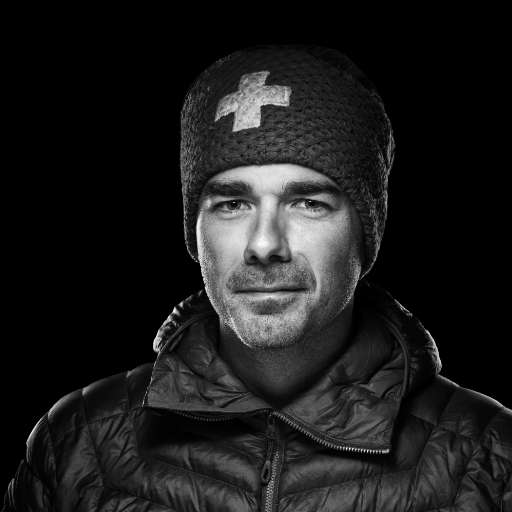I've already told you the story of the first mountain refuges. From often rudimentary shelters, they have adapted to the needs of mankind and the constraints of the alpine landscape. More comfortable, more efficient, they are constantly reinventing themselves to welcome their visitors. From innovative chalets to futuristic cabins, the challenge is immense in the skies above the Alps. Let's take a look at the evolution of mountain refuges in the bold age of modernity.
Evolution of mountain refuges: In the aftermath of the Second World War
1945. The war finally comes to an end. As a new day dawns on the world, a torn Europe faces up to its wounds. In the Alps, mountain huts have also suffered devastation. Looted or destroyed, mountain huts are now but a shadow of their former selves. But sometimes it's out of the ashes that the light shines. It was because the French Alpine Club was in its death throes that it managed to obtain financial assistance from the local authorities. From 1947 onwards, and for several decades to come, the club was able to restore its old refuges and build new ones. More spacious and modern, these new buildings met an ever-increasing demand from the public. While the Alps were already attracting crowds in summer, they are now becoming a popular destination for winter tourism. People come here to ski, climb or hike. And whether its rock is snow-covered or bare, the mountain has to acclimatize to the constant presence of man at its summit.
There's nothing Spartan about the new refuges. Spread over several levels, they welcome dozens of visitors every night. Entrance hatch, dining room, kitchen, storerooms, janitor's quarters, dormitories and sanitary facilities: everything has been designed to optimize functionality. They are equipped with bay windows that allow guests to contemplate the splendor of the landscape. They are fitted with heating systems and insulated to protect guests from the cold at altitude. Last but not least, an elevated, snow-free entrance was added, along with a technical room for storing skis.
In the Swiss Alps, most of the Alpine Club huts built between 1925 and 1980 were designed by Camille Brantschen and Jakob Eschenmoser. They all feature the same layout. At the beginning of the 20th century, however, the club was building a large number of huts, but after the war it concentrated on refurbishing and modernizing existing structures.
Helicopter-borne hut construction: a revolution in the high mountains
The ever-increasing ambitions of architects come up against a serious obstacle: the weather at altitude is not the same as in the valley. Construction sites in the mountains are very long and often perilous. Materials have to be transported by cable or on foot, and the refuges take a long time to build. Then there are the slabs to be poured, and the walls and roofs to be erected in extreme conditions. It's hard not to get discouraged!
But everything changed the day a new machine appeared in the skies over the Alps. From the 1960s onwards, helicopters were widely used on high mountain construction sites. Helicopters revolutionized not only the architecture of mountain refuges, but also their supply systems.
All of a sudden, the field of possibilities has widened. Materials are now transported by helicopter from the valleys to high-altitude sites. Their weight, like their span, must be adapted to the helicopter's capabilities. Wooden and metal-framed structures are now used at the summits. Prepared in the workshop, they are then flown to their destination before being assembled on site. On the heights of Mont Blanc, for example, the Grands Mulets refuge features a metal frame assembled on site, then covered with Duralinox sheets and insulating panels. The high mountains may wish to remain wild, but man reinvents them to tame them.

Laboratory refuges: High mountains at the cutting edge of innovation
In 1974, the first oil shock triggered a global economic crisis. The Alps were not spared. Mountain refuges had to reduce their consumption of fossil fuels at all costs. And to do so, their builders had to be innovative. The result is the emergence of laboratory huts on the highest summits the Alps. These huts are equipped with solar panels to generate the electricity needed for lighting. And the more efficient the photovoltaic panels, the more autonomous they become. Heating their premises, melting snow to obtain water, even offering hot water to their guests: the refuges are moving towards self-sufficiency.
These laboratory establishments benefit from avant-garde bioclimatic architecture. Everything is experimental, and the stakes are high. Testing alternatives to polluting energies in real-life situations and extreme conditions. By taking up the challenge of ecology, mountain refuges are paving the way for a different future. They innovate, they test, they sometimes go astray, but up there, they open up new horizons.
The evolution of mountain refuges: a constantly renewed alpine challenge
While freeing themselves from their dependence on carbon energy, alpine refuges continue to gain in comfort. Ever larger and more open to the world, they also bring art to the high mountains. A stay in a hut soon becomes an opportunity to take part in a cultural event or visit an exhibition. In this way, the works of man are sublimated by the magnificence of the surrounding summits . Just as a jewel case enhances the brilliance of a diamond.
Far from simply meeting technical and functional requirements, mountain refuges cultivate the imagination of people in search of elevation. Huts strive to offer their visitors a unique experience. Whatever their approach to the mountains - sporting, touristic or contemplative - they need to perceive refuges as places where they can recharge their batteries, nourish their bodies as well as their minds.
To better meet their needs, older buildings are undergoing what are sometimes major transformations. From the 1990s onwards, priority was given to meeting health, safety and operating standards. And when they are fortunate enough to be located in the heart of a breathtaking site, they easily become panoramic refuges. In this case, the standards applied serve to enhance the beauty of the site. And the entire refuge pays striking tribute to the icy realm in which it nestles.
Last but not least, we can't think of the avant-garde at altitude without thinking of the new Mont-Rose hut, which opened in 2010 on the heights of Zermatt. The brilliance of the new Goûter refuge, inaugurated in 2014 on the slopes of Mont Blanc, also comes to mind. The modernity of their architecture combines with technology to make them models of autonomy and integration into their environment.
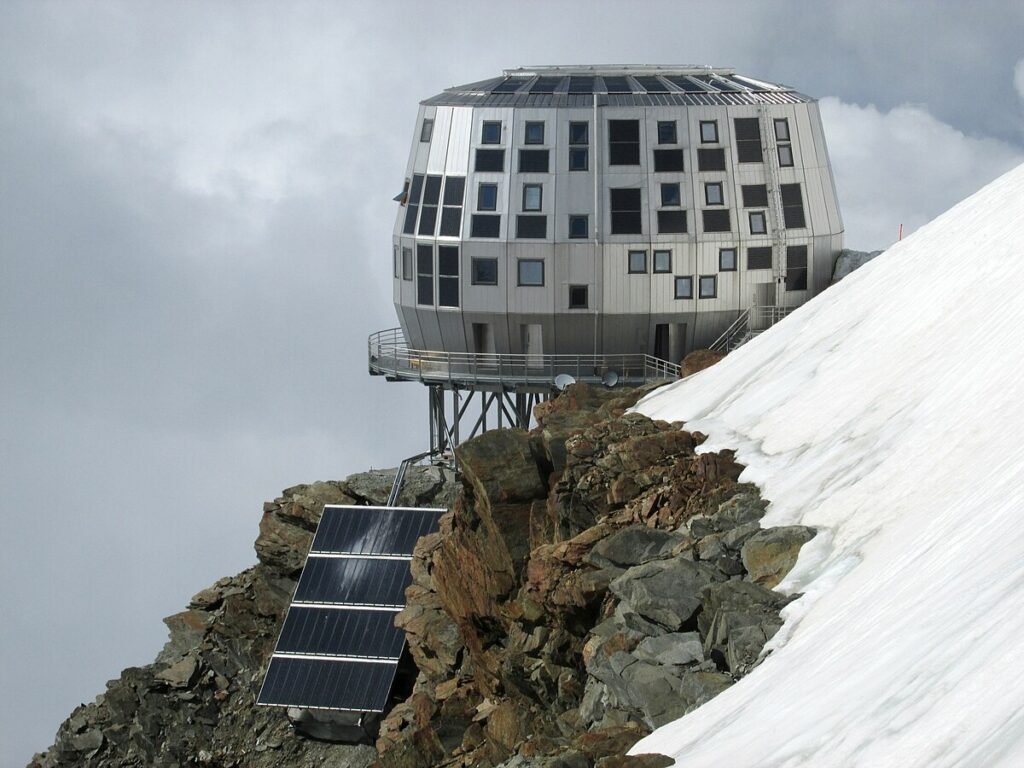
The evolution of mountain refuges is inseparable from man's relationship with nature. And this alpine challenge never ceases to renew itself, responding to the challenges of our time. Industrialization, tourism and ecology. Consumerism and new technologies. Having conquered the Alps, man has granted himself the right to spend quality time there. Refuges are becoming a product, a destination. But what exactly is their future? At a time when the high mountains and their finest glaciers are the first victims of climate change, will they continue their unbridled growth? A new path seems to be emerging. That of simplicity. The alliance of autonomy, comfort and sobriety. Blending in rather than showing off. Highlight rather than shine. Just as our societies are gradually becoming aware of their impact on their environment, the refuges of tomorrow will be committed to carrying the voice of the high mountains.
